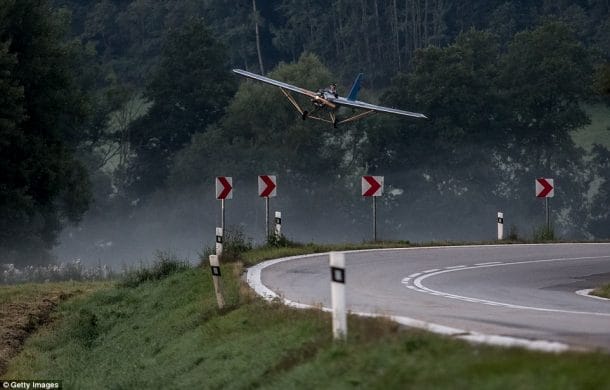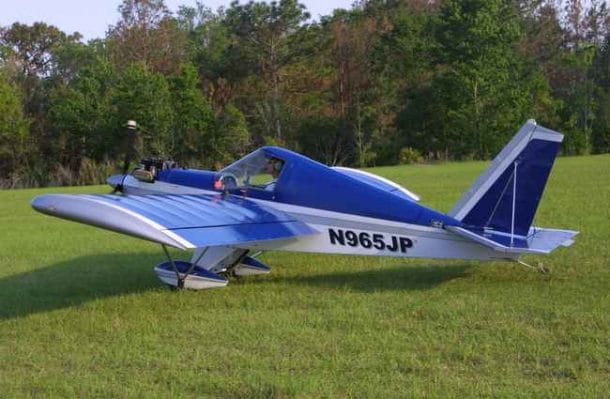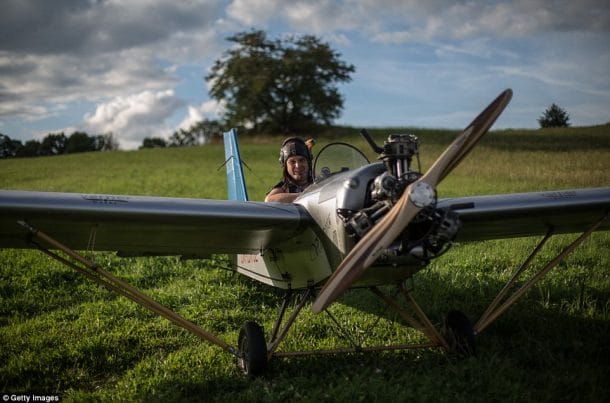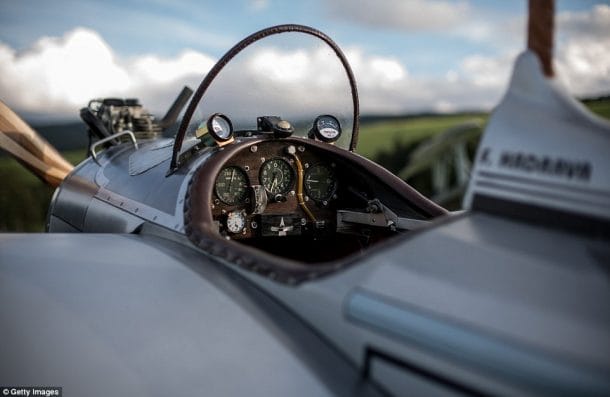Do you hate driving to work every day, getting stuck in traffic, getting late? Build an aircraft and fly to work! That is the solution by Frantisek Hadrava, a 45-year locksmith from a small village of Zdikov in the Czech Republic, who built his personal aircraft ‘Vampira’ to fly to work.

Hadrava spent two years constructing the Vampira in his spare time. The Vampira is an ultralight aircraft very similar to the Minimax Ultralight plane and has a frame built with wood. The Vampira has no cover for the cockpit. Thus, it leaves the pilot out to the open to probably get fresh air.

Source: Ultralight News
You would wonder about how to manage the massive fuel consumption of an aircraft when using it instead of a car. Surprisingly, the Vampira reaches up to 146 km/h, consuming fuel at the rate of 6 liters an hour. Since the aircraft allows you to travel on a more direct route instead of going through a maze of roads, it does provide both the fuel and time efficiency.
He says:
“By plane, it would take around 4-5 minutes if I flew directly, but I take a bit of a detour so that I don’t disturb people early in the morning. So it takes about 7 minutes.”
Hadrava is not the only person to have tried to build his personal aircraft. Many other people have become successful in making their planes. Aircraft kits are available which contain primary components of a plane to allow you to build your aircraft. However, the Kit user still requires sound knowledge, competence, and lots of time to build an aircraft in real.

You might be less worried about Hardava’s safety and more perturbed at the thought of an amateur plane crashing on you in case everyone started building those. According to the Federal Aviation Administration (FAA), USA, the homebuilt aircraft have an accident rate almost the same as that of the general aviation fleet.
If you are thinking of building one yourself, you will need the certification to fly. To be able to travel locally, the aircraft needs to go through an inspection conducted by a Government body which would be FAA (Federal Aviation Administration) in USA and EASA (European Aviation Safety Agency) in Europe. The aircraft has to undergo 40 hours of testing to get this certificate. However, if the engine and propeller used are FAA-approved, 25 hours would do. To be certified, the amateur builder must construct at least 51 percent of the aircraft.

Source: Daily Mail
To Hadrava, with a commute of just 15km, the aircraft saves only 7 minutes every day, but time is money, right? Nonetheless, you will have to consider the availability of vast parking space before you think of traveling to your job via aircraft.
Would you also try to build a personal aircraft? Comment below!


